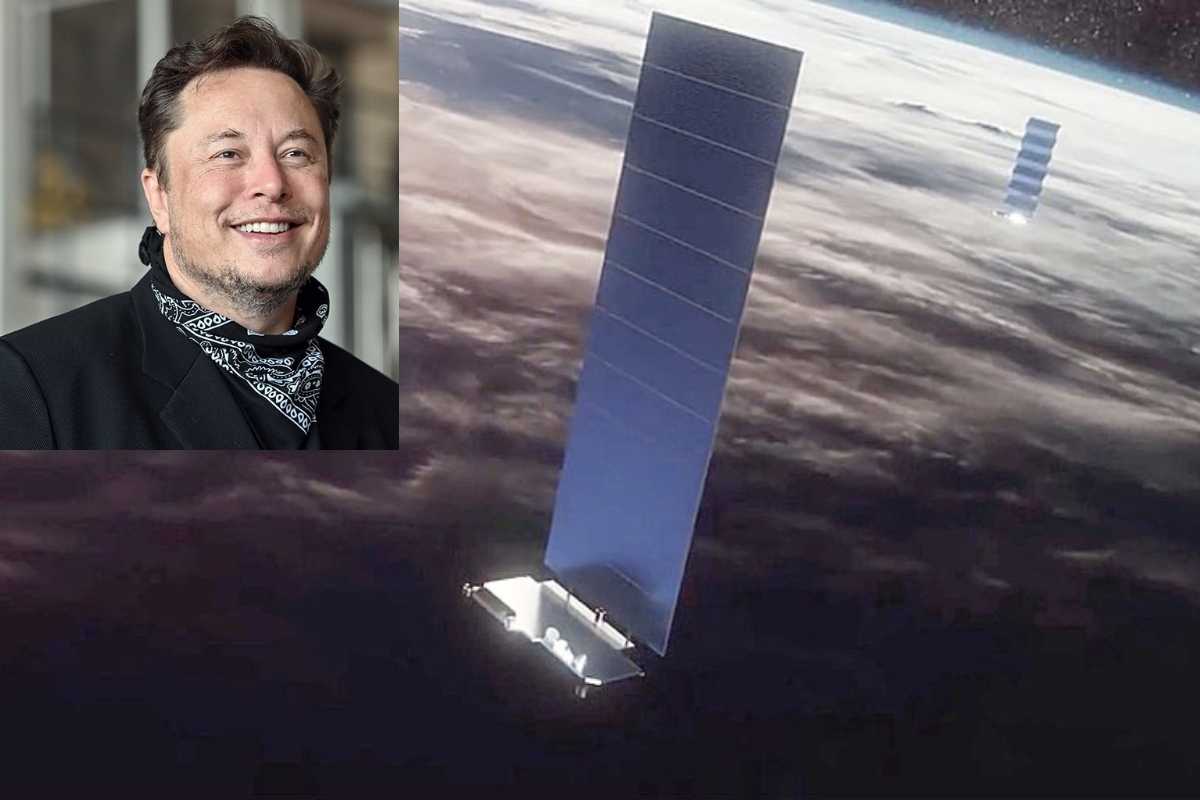Experts claim satellite broadband services like Elon Musk’s Starlink will not obliterate massive undersea cables. Experts warn that satellite internet, such as Elon Musk’s Starlink, will not eliminate the need for undersea cables. Satellite systems and submarine telecoms cables, they told Insider, would coexist. They claim that while cables are inexpensive and offer a large capacity, satellite systems are superior for rural areas. Satellite internet constellations such as SpaceX’s Starlink and Amazon’s Project Kuiper, according to industry analysts, will not lead to the elimination of gigantic undersea telecoms cables.
Thousands of satellites have been sent into orbit in the last year to expand internet coverage for people on Earth. Starlink, founded by Elon Musk, currently has roughly 2,000 satellites in orbit and expects to have 42,000 by mid-2027. Amazon’s Project Kuiper constellation aims to launch over 3,000 satellites into orbit, while OneWeb in the United Kingdom has already launched over 400.
Meanwhile, the world is connected by more than 400 underwater internet cables. While submarine cables may carry hundreds of terabits of data per second and connect entire continents, satellite internet systems are aimed at individual homes, companies, and communities in rural, underserved, and distant areas. Satellite internet networks and undersea cables, according to Brian Lavallée, a senior director at telecoms equipment maker Ciena, are “very complementary” and not meant to compete.
“Think of satellite networks as on-ramps to highways with the highways being the submarine networks,” he told Insider. “For small islands with no submarine cables, satellite networks are a viable, or sometimes the only, alternative.”
He added: “Satellite internet access is not likely to overtake undersea cable infrastructure in our lifetime, primarily because they’re not intended to compete.”
“When it comes to delivering traffic to underserved regions, either in the United States, Africa, or Australia, yes, the satellite constellations are the game-changer,” he told Insider.
Satellite networks have a significant advantage over submarine cable systems: If a satellite network already exists in a certain area, consumers will simply need to purchase an uplink kit to connect. Meanwhile, laying an undersea internet cable can take weeks or months – and that’s not counting the planning phase, which can take up to two years due to permitting, environmental, and regulatory challenges to overcome.
Read More:
- How Russia Lost Its Ground In The Pro-Ukraine Propaganda War
- Sen. Lindsey Graham Says To Russians To Assassinate Vladimir Putin
- Russia’s ‘Fake News’ Law Has Forced The Media To Suspend Reporting, With Websites Being Blacklisted As A Result
However, satellite systems are costly. Starlink, according to Musk, would require up to $30 billion in investment to become a profitable corporation. Submarine cables, on the other hand, are “tremendously cheaper,” according to Kidof, costing the business roughly $2 billion per year.
A volcanic eruption in Tonga in January generated a tsunami and severed the island’s 514-mile undersea internet cable, effectively disconnecting the country’s communication links to the rest of the globe. While the cable was being repaired, SpaceX’s Starlink stepped in to restore Tonga’s internet.
Even if Starlink had been operational prior to the eruption, Lavallée believes it would not have been enough to keep Tonga connected.
“The undersea volcano spewed a giant plume of dust and ash into the atmosphere, which could adversely affect or outright block communications between satellites and ground stations, even if you had sufficient satellite connectivity,” he said.

